Black Tudors:An Ordinary Life
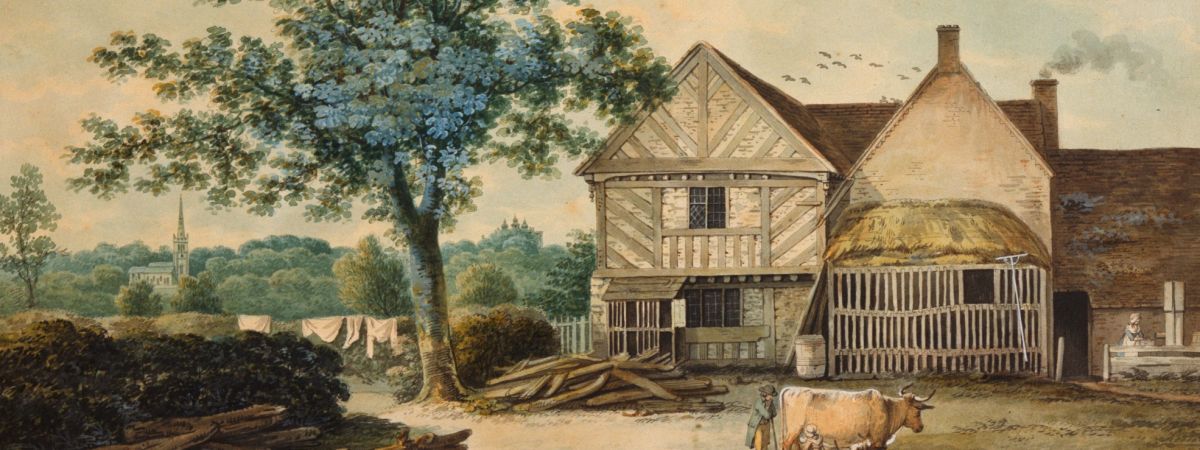
Share
Im Louise, the Heritage Engagement Officer at Selly Manor Museum, and this is the final of a series of blogs exploring Black Tudors for Black History Month.
Some of the Black Tudors featured in our exhibition, Black Tudors: New narratives. They led very ordinary lives, which is why Selly Manor is the perfect backdrop to illustrate their experiences.
Selly Manors name is quite misleading, as it has never been a manor house. There was a manor house for the manor of Selly, but it was located near Willow Road in Bournville. Bournville wasnt Bournville until the Cadbury family started to build the factory and the village in the late Victorian era, prior to this, the area would have been referred to as Bournbrook, after the water source which flows through it. We know that sometime in the late Victorian era, long after the actual manor house had been pulled down, that a local councillor referred to the museum as Selly Manor. Throughout this blog I will refer to the house as its current name, Selly Manor.
Selly Manor was originally named as 'Smyths Tenement'. The earliest known mention of it was in 1476 when it was leased by William Jenette, who was lord of the manor of Selly, to John OtheField, a yeoman farmer.
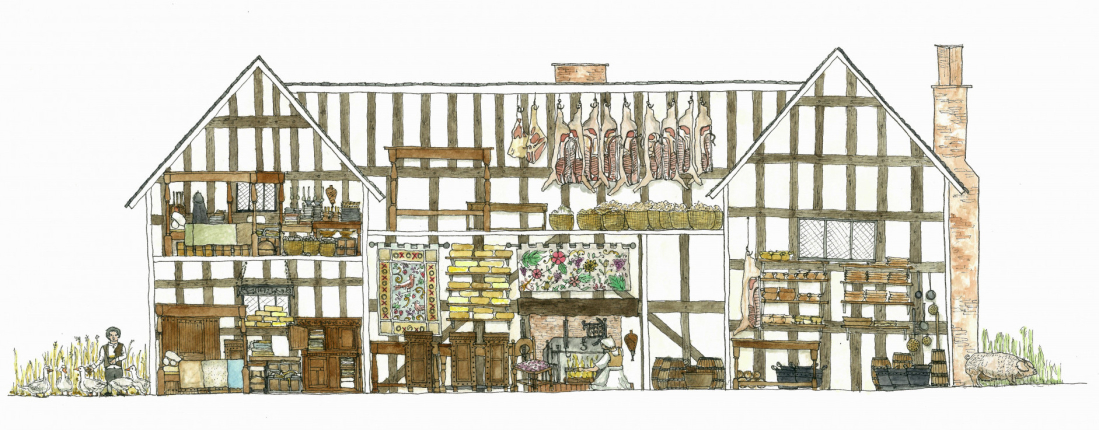
We know that it was later rented and then own by the Setterford family, and became a prosperous middle-class house, which went through extensive renovations, included extensions and the building of additional chimney stacks.
Until her death in 1608, Phylis Setterford continued to live in Smythes tenement. An inventory of her goods, made after her death, was compiled offering a rare insight to her life, and included contents of each room and even items within each cupboard.
The house is typical of the type of building most Tudors would have lived in and this makes it the perfect backdrop to illustrate the experiences of the Black Tudors who lived in England, such as Cattelena of Almondsbury.
Almondsbury is a small village close to Bristol. At the time Cattelena lived there at least another 16 Africans lived in Bristol. Just like Phylis Setterford, the way we know about Cattelena is because of the inventory of her possessions after her death.
She is described as Cattelena, a negra deceased of Almonsbury in the county of Gloucester, single woman & in the diocese of Bristol. Her inventory includes cooking utensils, clothes, bedding, tablecloth, and a candlestick. However, Cattelenas most prized possession was a cow.
One cow would keep her in milk and butter, as well as provide an income through the sale of dairy products in the local area. Cattelena would have been able to graze her cow on common village land. This would provide her the opportunity of independence and self-sufficiency.
Dairying was womens work. With around 80% of people living in the countryside, it could be a serious income generator. On a farm you would have one dairymaid to six cows. Anything greater would require more servants, and a herd typically had no more than twelve cows. The best hours for milking were between 5-6am and 6-7pm. From Whitsun (May) to Michaelmas (end of September), a cow could produce a gallon of milk a day, which could be used to make a range of white meats meaning cheese and butter. Catellenas cow was worth £3 10 shillings, £460.32 in todays money. In 1625, the year Cattelena died, this would have also bought you 10 stones of wool, a quarter of wheat, and was the equivalent of 70 days of skilled labour.
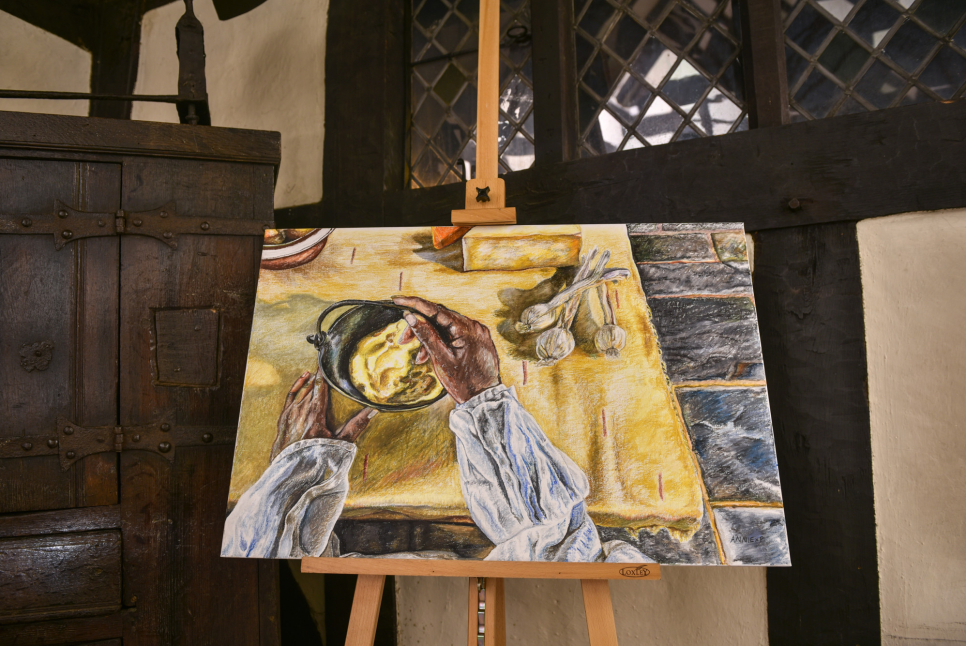
Image: Catellena by Annie Pearson
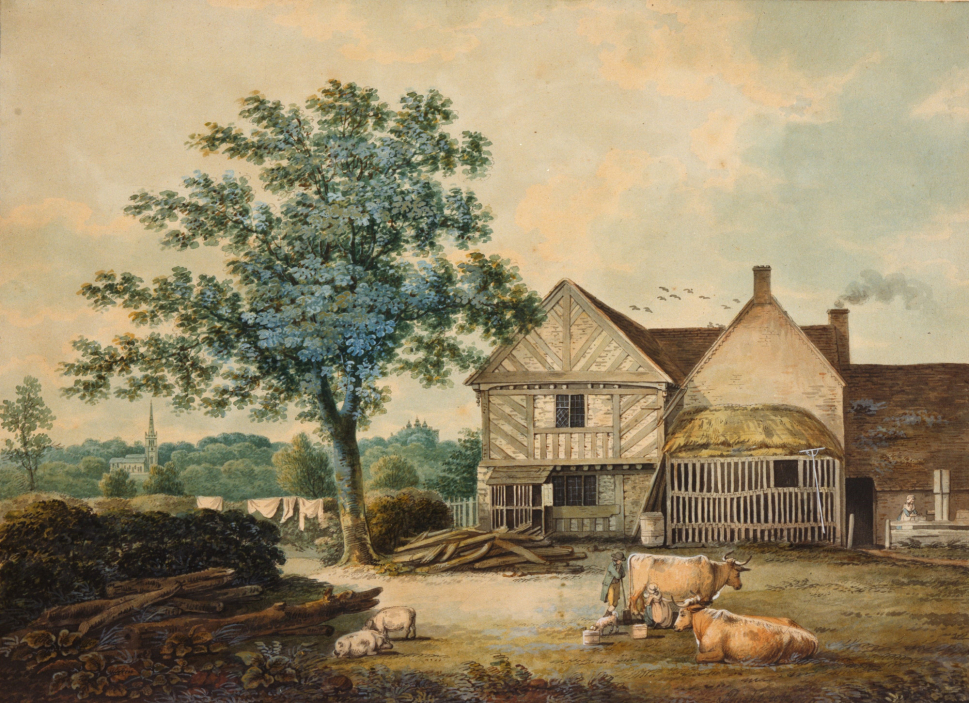
In Tudor times, cows were given names. Some reflected their function, as well as the owner's sense of humour. Eleanor Cumpayne of Halesowen, Worcestershire, inherited a cow named Fillpayle from her father George in 1559. Was this name an order shouted at the cow or a compliment for how productive she was? Other cow names recorded include Gentle, Brown Snout, Lovely, Motherlike, Winsome, and Welcome Home. There is no record of Cattelenas cow having been given a name, but that doesnt mean she wasnt, as this wasnt a typical thing to record in an inventory.
There is no furniture in Cattelenas inventory. This could suggest that she rented a room in someone elses home. This could be the home of a widow named Helen Ford, who was named as administrator to Cattelenas estate. Cattelena was unmarried but this was not unusual, with around 30% of the English adult female population single. However, it was rare for single women to live in their own home and only about 5% of single women below the age of 45 were head of their own households. Naming Helen Ford as her administrator suggests she was not living with relatives.
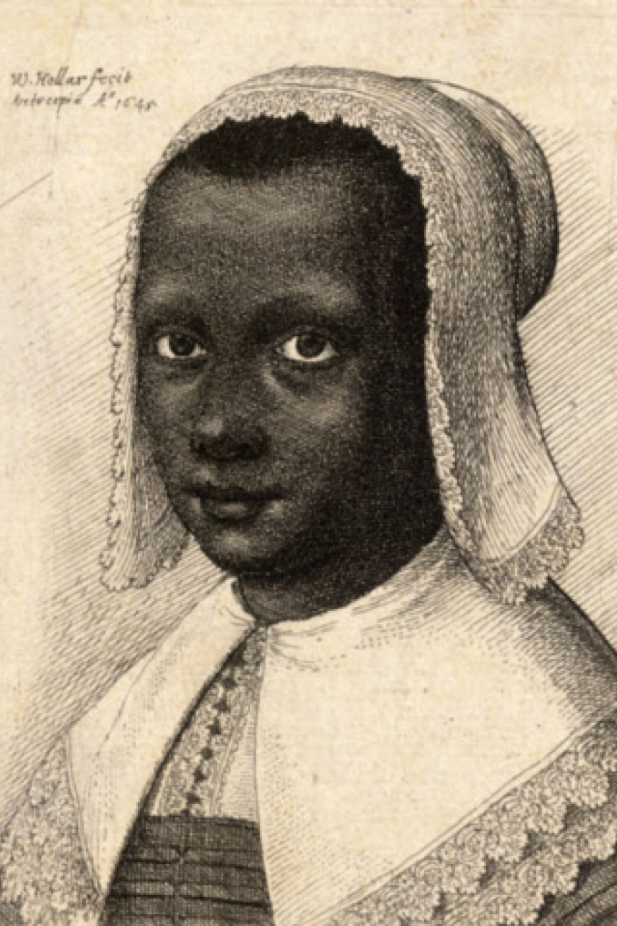
The total of Catellenas possessions was valued at £6 9s 6d (£851.59). The existence of Cattelenas inventory shows us that Black Tudor women could own property themselves and live independent lives. It is significant that as a woman she owned anything at all, it indicates her relative independence. Not only was she not enslaved, but thanks to her cow she seems to have been able to support herself and was free from service or any family obligation. Imagining Cattelena, a dark skinned, independent woman, going about her day-to-day business, preparing her meals, cleaning her bedding, milking her cow, in her rural village makes us imagine English life of the past in a completely new way. She was independent, but she lived an ordinary life, much like most other Tudors.
In 2024 Selly Manor Museum commissioned four artists to create work inspired by Black Tudors. Each artist received £765 to create their work. They also received a development session supported by our partner, Black Arts Forum, and led by established artist Pogus Caesar, during which they reflected on their developing practice.
Bibliography:
Black Tudors Miranda Kaufmann
How to be a Tudor Ruth Goodman
Images:
Main - Aston Church Hall, Birmingham Museums Trust
Image 2 - Artist impression of Selly Manor based on inventory of Phylis Setterford
Last image - Black Tudors, Futurelearn